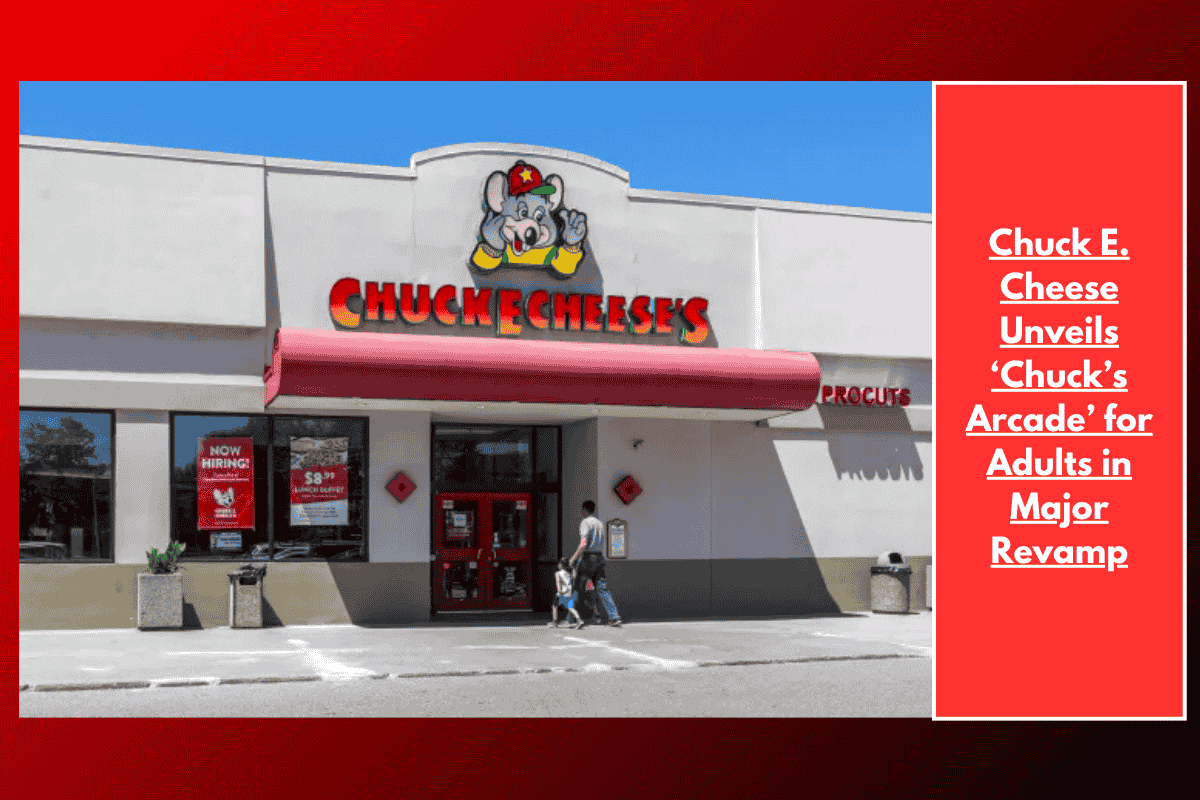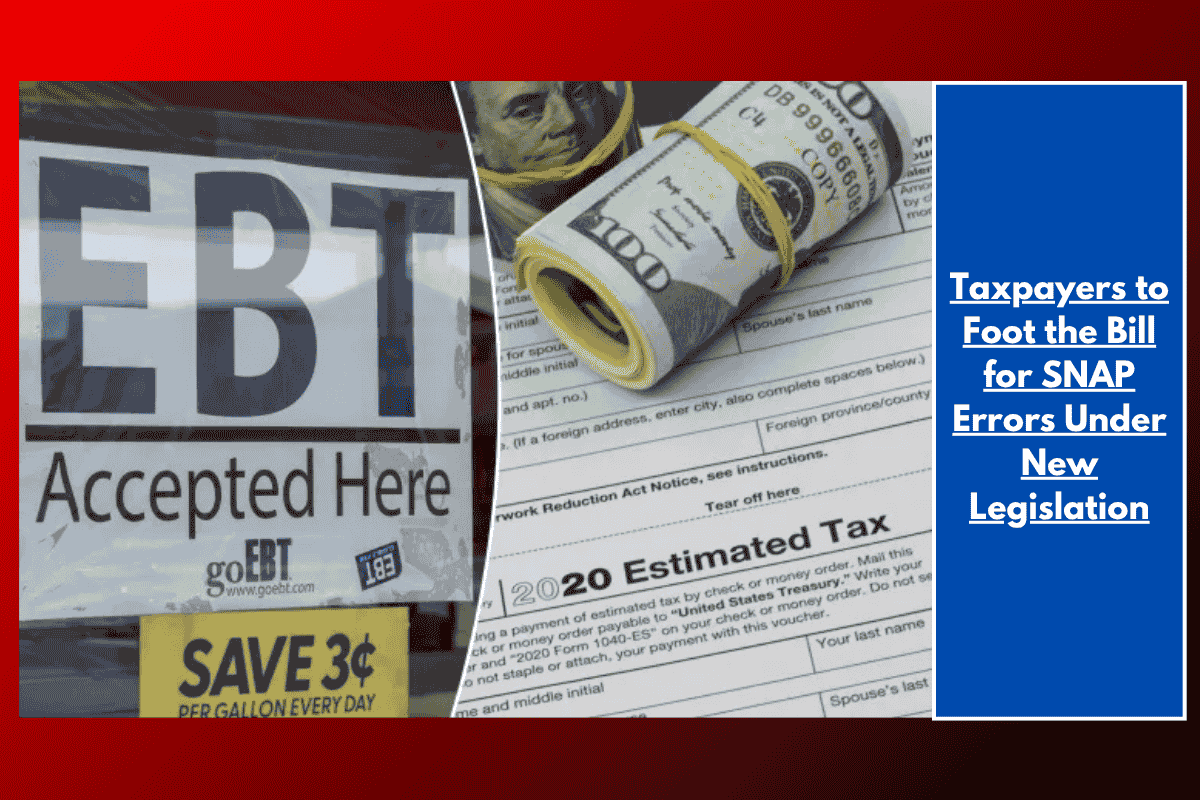The ongoing debate surrounding tipping culture in the United States has taken a new twist with the introduction of a “Living Wage Fee” at some restaurants. As businesses grapple with rising operating costs, including higher wages, many have opted to impose this extra charge on customers. The fee, which can range from 15% to 22% of the bill, aims to help restaurants provide a livable wage to their employees without increasing menu prices. However, some diners are not happy about being charged extra, calling the practice “disgusting” and vowing to boycott such establishments.
The Living Wage Fee Controversy
Last week, a diner took to Instagram Threads to share his frustration after noticing an 18% “Living Wage Fee” added to his bill at an unnamed restaurant. The diner was left upset after the extra $5.94 charge appeared on his receipt, leading him to ask, “WTF is a living wage fee?”
Many social media users echoed his sentiments, feeling that the additional charge was unfair and unnecessary. Some diners criticized the practice as a way for restaurants to raise prices subtly without actually updating their menu. Others argued that businesses should be able to afford to pay employees a fair wage without passing on the cost to customers.
Supporters of the Living Wage Fee
Despite the backlash, there were some who defended the practice. One Instagram user explained, “Y’all been asking for no tipping—this is what it looks like. It could reflect in drink/food prices, but then y’all would say the place was too expensive. No one is trying to trick you—if they were transparent about the service fee, stfu.”
Supporters argue that the living wage fee is a way for restaurants to remain financially viable while still ensuring that their employees are paid fairly. With the rise in inflation and food costs, many small businesses and family-run restaurants are struggling to balance wages and rising expenses. In such cases, the fee can be a crucial revenue stream that helps these businesses stay afloat.
The Impact of Rising Costs and Inflation
As food prices soar and the cost of living continues to rise, restaurant owners are finding it increasingly difficult to pay their staff without increasing prices. Some business owners say the living wage fee is necessary to meet their obligations to employees while also covering the costs of running a restaurant in today’s economic climate.
However, with inflation impacting everyday Americans, the living wage fee can be seen as another financial burden for diners, already facing rising costs on groceries, rent, and energy bills. Critics of the fee argue that the practice unfairly shifts the responsibility for paying workers a fair wage onto consumers instead of businesses adjusting their internal operations to handle these rising costs.
Diners’ Reactions: The Boycott and Backlash
Many social media users voiced their intention to boycott restaurants that impose a living wage fee, calling it a poor business practice. One diner posted, “I’d never ever eat there again and challenge that charge if not shown beforehand.” This growing frustration highlights a divide between those who support the new business model and those who feel that restaurants should bear the cost themselves rather than passing it on to customers.
On the other hand, supporters of the fee argue that this is simply a reflection of a broader shift in the food service industry, where businesses are trying to balance rising wages with keeping prices affordable. They also point out that some restaurants are transparent about the charges and inform customers in advance, making the additional fee a known part of the dining experience.
Is the Living Wage Fee the Future?
As more restaurants face the challenge of paying their employees a livable wage amid rising operational costs, it’s likely that the living wage fee will become more common in the restaurant industry. While some diners will continue to resist the fee, others may come to accept it as part of the evolving dining experience. For now, however, the controversy over the living wage fee is sure to continue as both customers and business owners navigate the challenges of an increasingly expensive economy.














